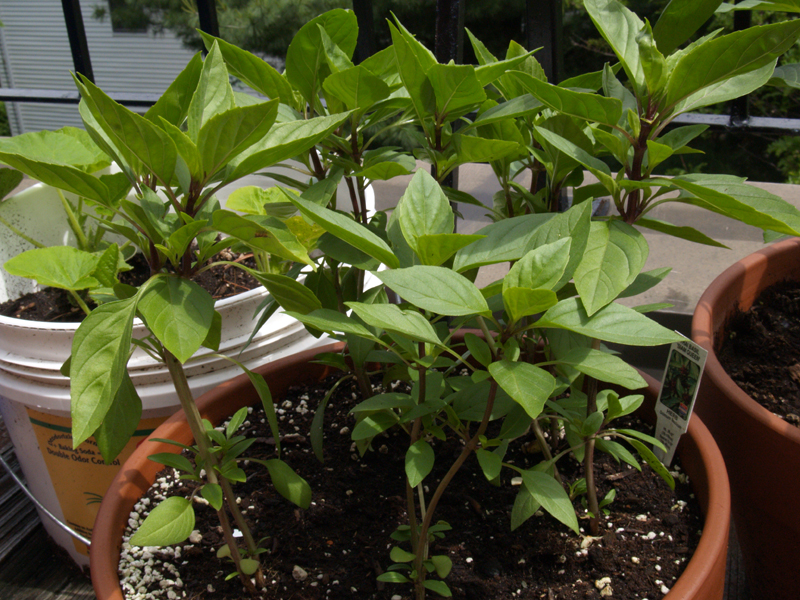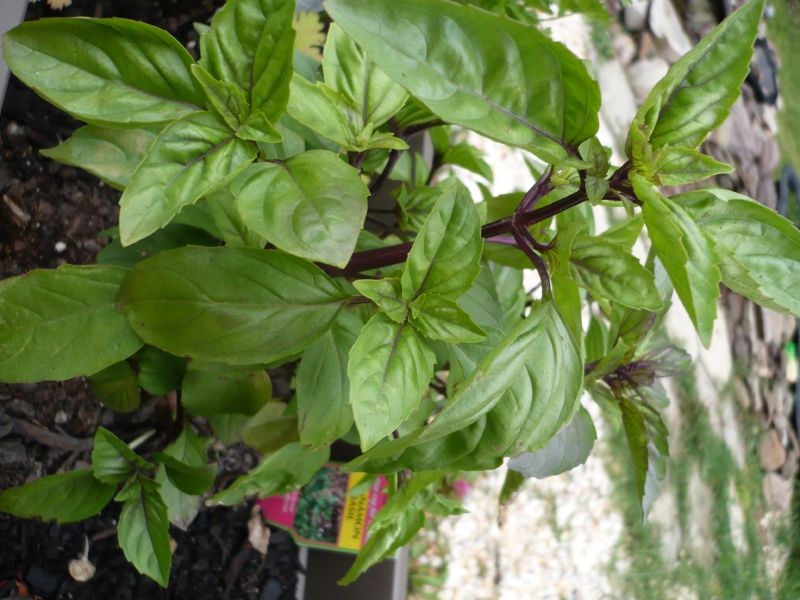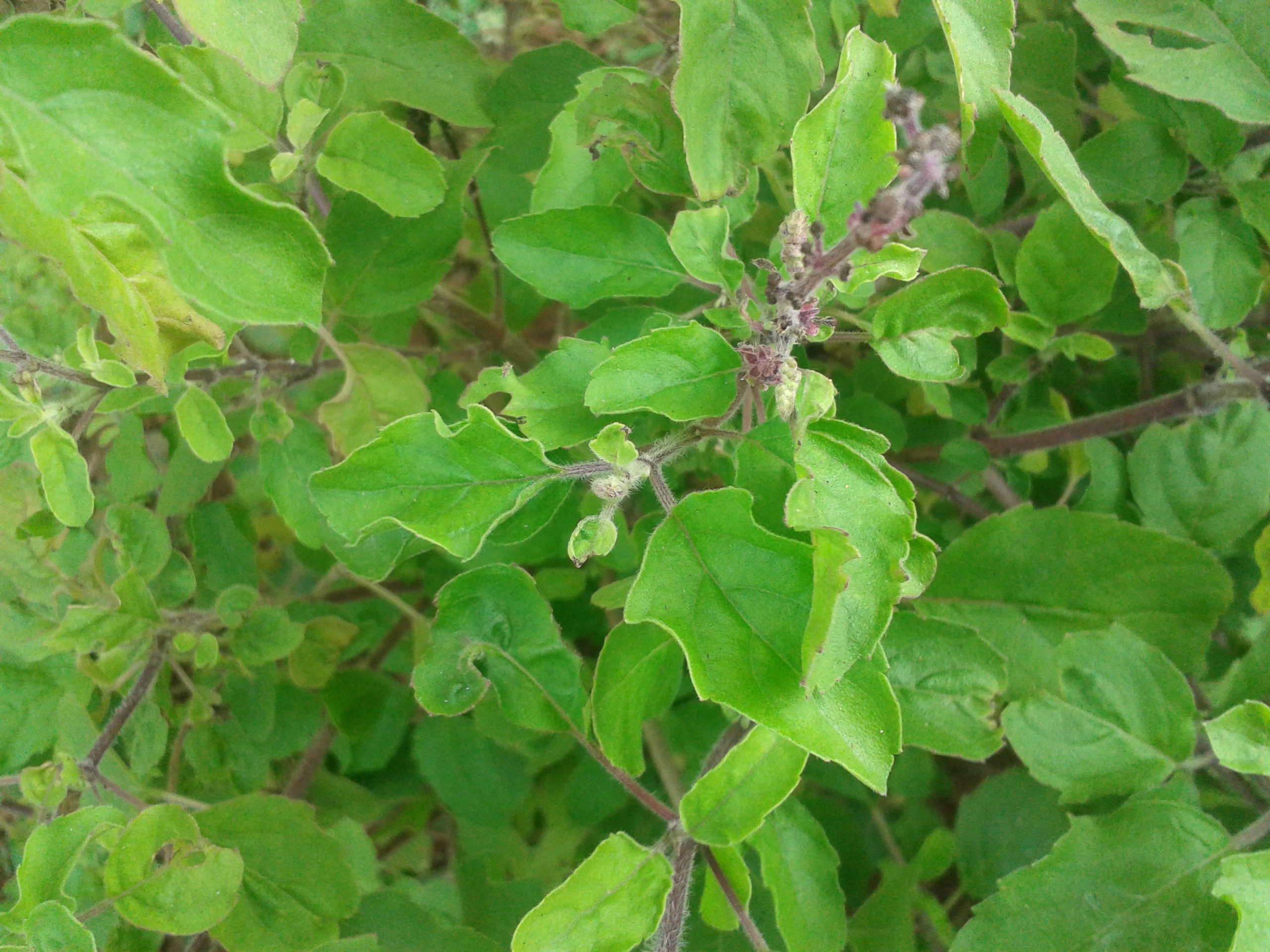Basil is a popular herb that is used in a variety of dishes all around the world. It is not only used for its aroma and flavor but also for its medicinal properties. There are different types of basil that are available, each with its unique characteristics. In this article, we will explore the different types of basil, their soil composition, pH, temperature, watering requirements, best weather conditions for growth, benefits, and recipes where that type of basil is incorporated.
Sweet Basil
Sweet basil is the most commonly used type of basil, with its familiar aroma and flavor that is associated with many Italian dishes. It is a warm-weather plant that grows best in soil that is rich in organic matter and well-drained. The ideal pH for growing sweet basil is between 6.0 and 7.5. The temperature range for sweet basil is between 70°F to 90°F, and it requires consistent moisture. Over-watering should be avoided as it can lead to root rot. The best weather conditions for growing sweet basil are warm and humid.

Sweet basil has many health benefits. It is an excellent source of vitamin K, which helps with blood clotting and bone health. It is also rich in antioxidants, which protect the body from damage caused by free radicals. Sweet basil can be used in a variety of dishes, such as pesto, Caprese salad, and tomato sauce.
Thai Basil
Thai basil is a type of basil that has a spicy, anise-like flavor. It is a popular herb used in many Southeast Asian dishes, such as curries and stir-fries. Thai basil grows best in well-drained soil that is rich in organic matter. The ideal pH for growing Thai basil is between 6.0 and 7.5. Thai basil requires a warm and humid environment, with temperatures between 70°F and 90°F. It requires consistent moisture, but over-watering should be avoided as it can lead to root rot.

Thai basil has many health benefits. It is rich in antioxidants, which help protect the body from damage caused by free radicals. It also has antibacterial properties that help fight against harmful bacteria. Thai basil is often used in dishes such as Pad Thai, Tom Yum Soup, and Green Curry.
Lemon Basil
Lemon basil is a type of basil that has a citrusy flavor and aroma. It is a warm-weather plant that grows best in well-drained soil that is rich in organic matter. The ideal pH for growing lemon basil is between 6.0 and 7.5. Lemon basil requires a warm environment, with temperatures between 70°F and 90°F. It requires consistent moisture, but over-watering should be avoided as it can lead to root rot.

Lemon basil has many health benefits. It is rich in antioxidants, which help protect the body from damage caused by free radicals. It also has antibacterial properties that help fight against harmful bacteria. Lemon basil can be used in a variety of dishes, such as fish, poultry, and salads.
Purple Basil
Purple basil is a type of basil that has a unique appearance, with deep purple leaves. It has a sweet, slightly spicy flavor that is similar to sweet basil. Purple basil grows best in well-drained soil that is rich in organic matter. The ideal pH for growing purple basil is between 6.0 and 7.5. Purple basil requires a warm environment, with temperatures between 70°F and 90°F. It requires consistent moisture, but over-watering should be avoided as it can lead to root rot.

Purple basil has many health benefits. It is an excellent source of vitamin K, which helps with blood clotting and bone health. It also has antioxidant properties that help protect the body from damage caused by free radicals.
Purple basil is often used as a garnish or in salads. It can also be used to add color to sauces, soups, and dressings.
Cinnamon Basil
Cinnamon basil is a type of basil that has a spicy, cinnamon-like flavor and aroma. It is a warm-weather plant that grows best in well-drained soil that is rich in organic matter. The ideal pH for growing cinnamon basil is between 6.0 and 7.5. Cinnamon basil requires a warm environment, with temperatures between 70°F and 90°F. It requires consistent moisture, but over-watering should be avoided as it can lead to root rot.

Cinnamon basil has many health benefits. It has anti-inflammatory properties that can help with conditions such as arthritis and asthma. It is also an excellent source of vitamin K, which helps with blood clotting and bone health. Cinnamon basil can be used in a variety of dishes, such as fruit salads, marinades, and baked goods.
Holy Basil
Holy basil, also known as tulsi, is a type of basil that is used in Ayurvedic medicine for its medicinal properties. It has a spicy, minty flavor and aroma. Holy basil grows best in well-drained soil that is rich in organic matter. The ideal pH for growing holy basil is between 6.0 and 7.5. Holy basil requires a warm environment, with temperatures between 70°F and 90°F. It requires consistent moisture, but over-watering should be avoided as it can lead to root rot.

Holy basil has many health benefits. It is rich in antioxidants, which help protect the body from damage caused by free radicals. It also has anti-inflammatory properties that can help with conditions such as arthritis and asthma. Holy basil can be used in a variety of dishes, such as teas, soups, and curries.
Conclusion
Basil is a versatile and popular herb that is used in a variety of dishes, from Italian cuisine to Thai curries. Each type of basil has its unique flavor and aroma, and each requires specific growing conditions to thrive. By understanding the soil composition, pH range, temperature, watering requirements, and best weather conditions for growth, you can successfully grow a variety of basil in your garden.
In addition to their culinary uses, basil varieties have many health benefits. They are rich in antioxidants, anti-inflammatory properties, and essential vitamins and minerals that can help with conditions such as arthritis and asthma.
When it comes to cooking with basil, the possibilities are endless. Sweet basil is perfect for making classic dishes like pesto and Caprese salad, while Thai basil adds a distinct flavor to Thai curries and soups. Lemon basil is a great addition to fish and poultry dishes, and purple basil adds color to salads, sauces, and soups. Cinnamon basil is a great ingredient in baked goods, while holy basil is used in teas, soups, and curries.
Incorporating different types of basil into your cooking not only adds delicious flavors and aromas to your dishes but also provides numerous health benefits.
Table of Basil Types and Growing Conditions
| Basil Type | Soil Composition | pH Range | Temperature | Watering Requirements | Best Weather Conditions | Benefits | Recipes |
|---|---|---|---|---|---|---|---|
| Sweet Basil | Rich in organic matter and well-drained | 6.0-7.5 | 70°F to 90°F | Consistent moisture, avoid over-watering | Warm and humid | Excellent source of vitamin K, rich in antioxidants | Pesto, Caprese salad, tomato sauce |
| Thai Basil | Well-drained and rich in organic matter | 6.0-7.5 | 70°F to 90°F | Consistent moisture, avoid over-watering | Warm and humid | Rich in antioxidants, antibacterial properties | Pad Thai, Tom Yum Soup, Green Curry |
| Lemon Basil | Well-drained and rich in organic matter | 6.0-7.5 | 70°F to 90°F | Consistent moisture, avoid over-watering | Warm | Rich in antioxidants, antibacterial properties | Fish, poultry, salads |
| Purple Basil | Well-drained and rich in organic matter | 6.0-7.5 | 70°F to 90°F | Consistent moisture, avoid over-watering | Warm | Excellent source of vitamin K, antioxidant properties | Garnish, salads, sauces, soups, dressings |
| Cinnamon Basil | Well-drained and rich in organic matter | 6.0-7.5 | 70°F to 90°F | Consistent moisture, avoid over-watering | Warm | Anti-inflammatory properties, excellent source of vitamin K | Fruit salads, marinades, baked goods |
| Holy Basil | Well-drained and rich in organic matter | 6.0-7.5 | 70°F to 90°F | Consistent moisture, avoid over-watering | Warm | Rich in antioxidants, anti-inflammatory properties | Teas, soups, curries |

